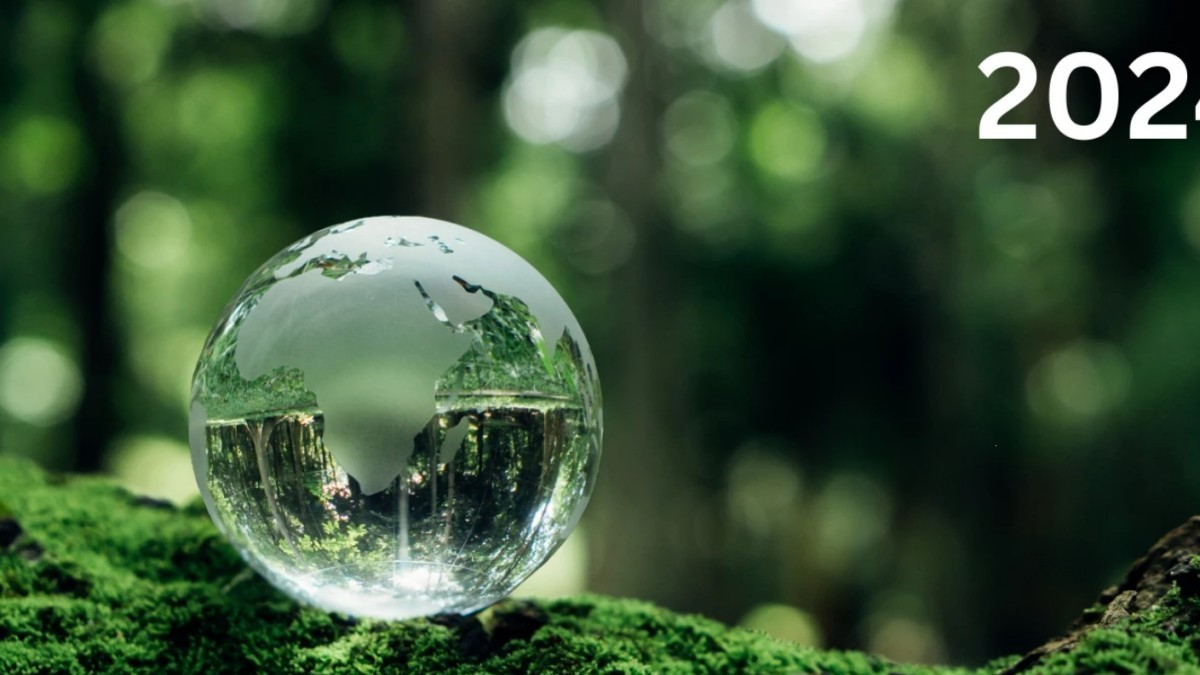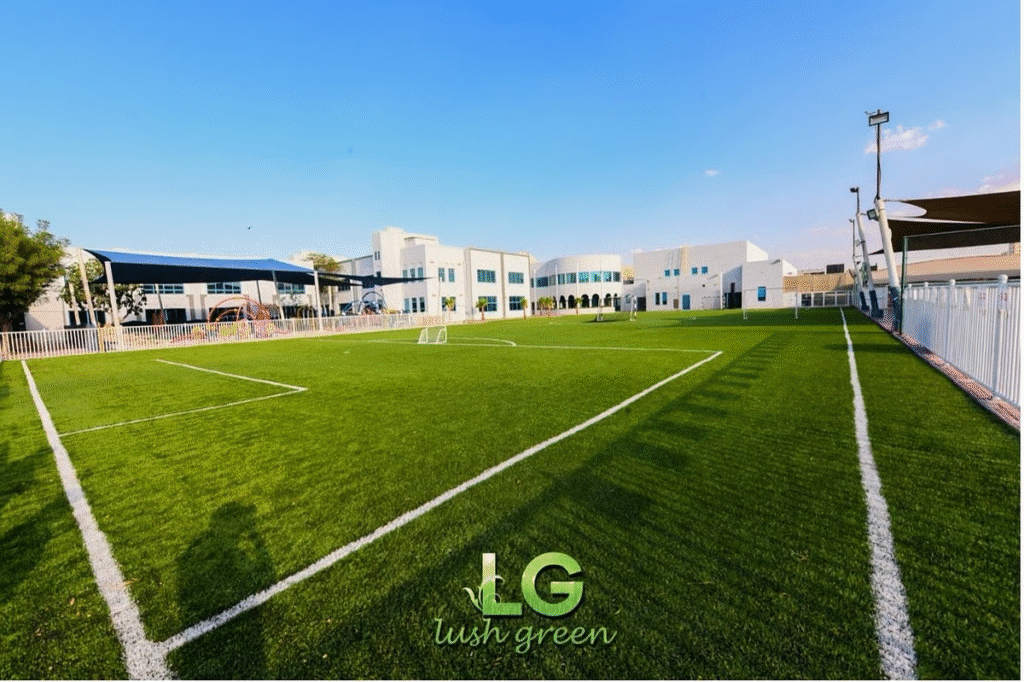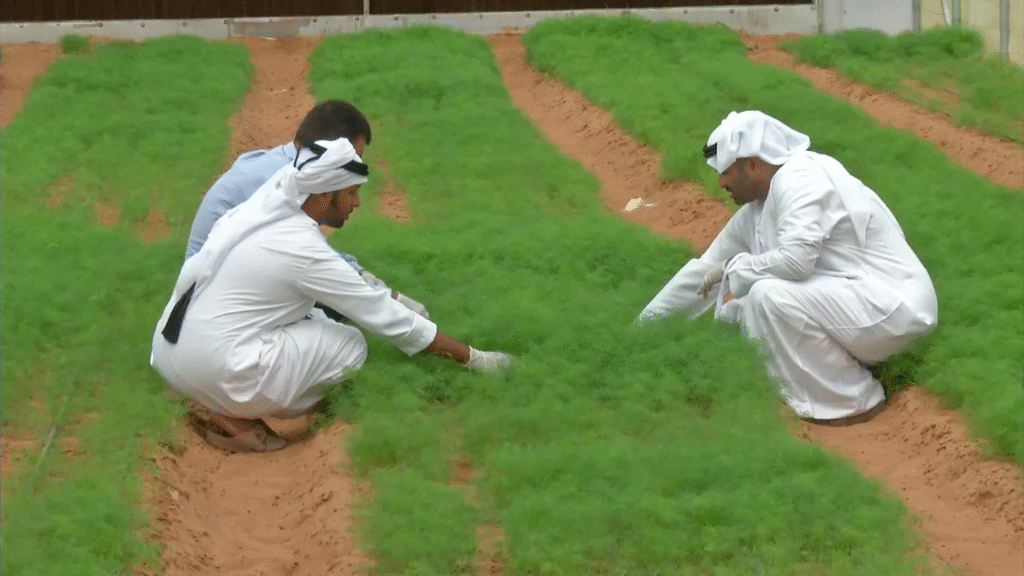
As water scarcity concerns grow in the UAE, residents and landscaping experts are calling for a major shift in garden design — moving away from large green lawns and embracing water-efficient ground cover plants. This change not only helps conserve water but also reduces costs, supports the local environment, and aligns with the UAE’s broader sustainability goals.

Lawns are often seen as a symbol of luxury and beauty in private villas and public parks across the UAE. Their lush green appearance, however, comes at a significant environmental cost. In the hot and arid climate of the Emirates, maintaining a grass lawn requires a large amount of water — often more than 20,000 liters per 100 square meters per month.
Due to high evaporation rates and sandy soil, most grass in the UAE must be watered daily, fertilized regularly, and mowed weekly. The result? A high-maintenance and expensive green patch that struggles to survive naturally in the desert climate.
With rising temperatures, limited freshwater sources, and increasing pressure on desalination plants, traditional grass lawns have become an unsustainable choice for both homeowners and government landscaping departments.
Ground cover plants are low-growing species that spread horizontally, forming a natural carpet over the soil. Unlike turf grass, many ground covers are native or drought-resistant plants that require minimal irrigation, little to no mowing, and can survive harsh temperatures.
Popular ground cover options for the UAE include:
These plants not only reduce water usage but also lower maintenance costs and support biodiversity by attracting pollinators like bees and butterflies.
Government entities and real estate developers in the UAE are also beginning to adopt ground cover alternatives in public and private spaces. Several Dubai parks have started incorporating desert-adapted plants to cut down on irrigation needs. Abu Dhabi’s Department of Municipalities and Transport has also launched awareness campaigns encouraging xeriscaping in residential areas.
Landscape designer Rana El Ghandour, who has worked on multiple villa projects in Dubai and Sharjah, says more clients are now open to reducing lawn sizes. “People are starting to understand that a lush lawn is not always practical or environmentally responsible,” she says. “With the right design and plant selection, you can have a stunning garden without wasting water.”
The UAE government has taken several steps to support water-saving landscaping:
These initiatives support a shift in public mindset — from green lawns as a status symbol to smart gardens as a mark of modern, eco-friendly living.

If you’re considering cutting down your lawn or replacing it entirely, here are some practical steps:
As the UAE pushes forward with its green vision, transforming gardens is an easy and effective step every homeowner can take. From reducing lawn sizes to embracing water-wise ground covers, this trend offers clear environmental and economic benefits. It also reflects a shift in how people value sustainability in their personal spaces.
While lush green lawns may never fully disappear from the UAE, their dominance is clearly being challenged. Whether to save water, reduce costs, or simply try something new, more residents are beginning to see the ground beneath their feet in a whole new light.
Read More:- Deyaar’s Latest Announcement Shakes Up the UAE Property Market
